Residents of the District may have noticed an increase in the abundance of wildlife in the District, particularly deer. Our wildlife is one of the distinct attributes of living in the District and its associated communities. However, many residents also complain about the damage to landscaping and occasionally, the aggressiveness of deer. This may involve female deer (“does”) responding aggressively to protect their young fawns or aggressive behavior by male deer (“bucks”) during mating or “rutting” season. Homeowners are encouraged to be aware of the natural behavior of deer especially during spring fawning season and the fall rutting season and to avoid behavior that may seem “threatening” to deer. Homeowners are also encouraged to plant deer resistant vegetation to discourage the deer from damaging the home landscaping. The District scope of duties and powers do not include wildlife management but the District is interested in working with the Colorado Division of Parks and Wildlife to monitor the issues involving deer and other wildlife and encourages residents to contact the Division to report any encounters or incidents that are concerning. The District has a form for reporting incidents or encounters with the deer and asks residents to complete the form and email it to the Metro District attorney, Susan L. Elkins or fax it to her at 303-841-4082. Click here for form.
Residents should be aware that feeding the deer or any wildlife is prohibited. The citation regarding the unlawful feeding of deer is a Colorado Parks and Wildlife regulation pursuant to 33-6-104:
Wildlife Commission Regulation:
#021 – FEEDING OR ATTRACTING WILDLIFE
A. Except as provided in subsections (A)(1-4) of this regulation no person shall place, deposit, distribute or scatter grain, hay, or other foods so as to intentionally constitute a lure, attraction or enticement for big game not lawfully held in captivity.
If a resident notices an unlawful salt lick or food as described above that a neighbor has placed or set out in violation of the regulation, the resident should report it to Casey Westbrook by email or 303-810-3141 or contact the Colorado Division of Parks and Wildlife at 303-297-1192.
Colorado State University Extension publications may be helpful. Please see the following:
www.ext.colostate.edu/ptlk/2302.html
www.ext.colostate.edu/pubs/natres/06520.html
http://wildlife.state.co.us/WildlifeSpecies/LivingWithWildlife/Mammals/Pages/HelpDeer.aspx
As for other wildlife, see:
http://wildlife.state.co.us/wildlifespecies/livingwithwildlife/Pages/LivingWith.aspx
The following is an excerpt from a letter written by Casey Westbrook of the Colorado Parks and Wildlife Division that residents may find helpful.
The following guidelines should be considered when evaluating methods to reduce deer damage:
- Animals learn through repeated conditioning. Deterrents that are present every time the animal does something undesirable have the greatest results (i.e. throwing something at a deer one out of every three times it eats your plants will do nothing to prevent the problem the next time you are gone, asleep, or just not watching).
- Do not shoot or throw any projectile at an animal that you would hesitate to have shot or thrown at you. Your sense of self preservation is a good measure of appropriate force.
- Do not devise traps or devices that may cause permanent injury to any animals (domestic or wild) or people.
- Do not take action outside of property you own (such as open space). Keep dogs and other scare devices from chasing deer beyond your property boundary.
Fencing is typically the most effective and long term solution to deer damage issues. There are several methods of building and placing preventative fences. For some guidelines and design ideas to find a method most suitable for individual and community needs it may be helpful to refer to the booklet titled “Fencing with Wildlife in Mind”.
An article addressing many other appropriate means of deterring deer damage is included in a paper provided by the Colorado State University Extension Office at this link: www.ext.colostate.edu/pubs/natres/06520.html. Aside from suggestions in this article other innovative methods such as motion-activated sprinklers have been used successfully as deer deterrents. Innovation regarding deer deterrents is an appropriate way to find what works for each individual. Varying the use of different types of deterrents, including the types of sprays, can be more effective than just using one deterrent repeatedly. There are many ideas not listed herein but please keep in mind the above suggestions to limit personal liability and unintended consequences.
Concerns can be emailed to Casey Westbrook or by phone at 303-810-3141.

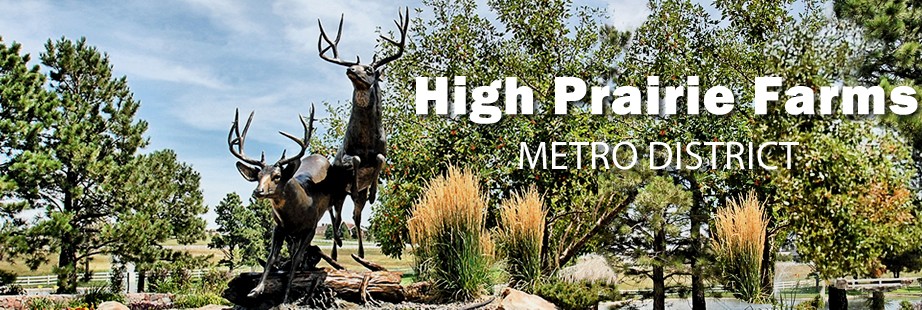
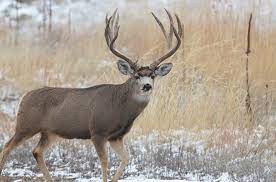
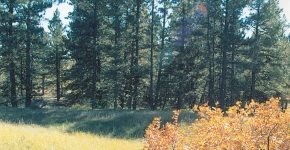
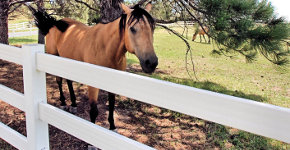
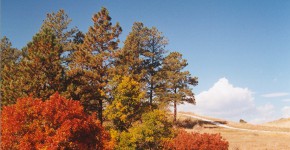
Comments are closed